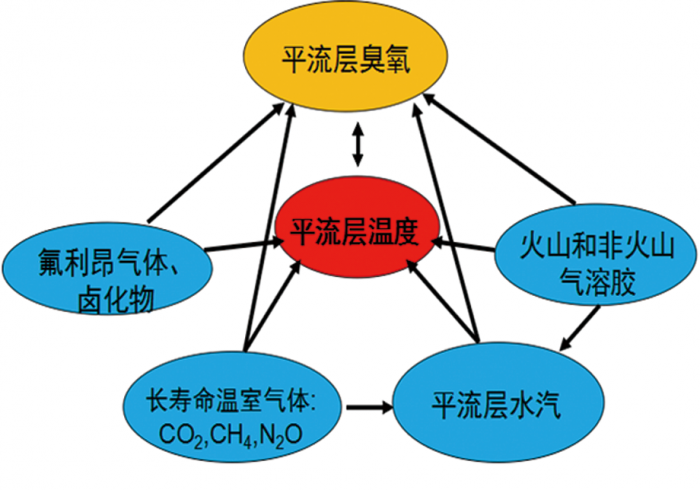Stratospheric Chemistry-Climate Interactions
1. Stratospheric Chemistry-Climate Interactions

The stratospheric chemistry-climate interactions, with ozone as the core, is a new focus of attention in the discipline of climate change and the IPCC report. The chemical-radiative-dynamic feedback in the stratosphere is an important manifestation of the interaction between atmospheric chemistry and climate, and it is also the theoretical basis for the development of atmospheric chemistry-climate models. At the same time, it is also a key issue in understanding and predicting the formation and development of the ozone hole in the Arctic and Antarctic.
Professor Wenshou Tian has developed and established an atmospheric chemistry-climate model, UMSLIMCAT. This model has participated in Chemistry-Climate Model Validation Activity (CCMval-1, 2) twice which organized by the World Climate Research Program-Stratospheric Processes and their Role in Climate (WCRP-SPARC). It performs well in simulating both dynamic processes and stratospheric chemical processes, and can well simulate phenomena such as the quasi-biennial oscillation (QBO) and the stratospheric sudden warming (SSW) particularly.